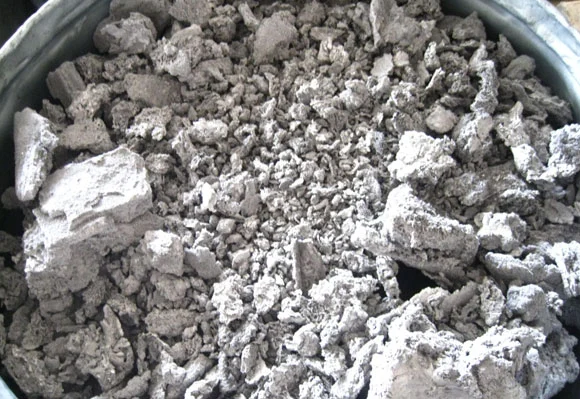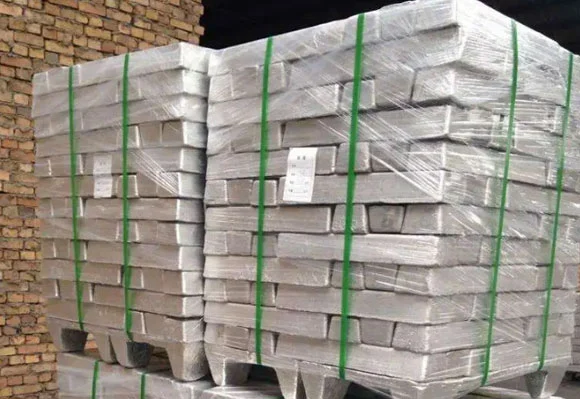Magnesium is extracted from ores containing magnesium oxidesuch as carnallite, and titanium is extracted from ores containing titanium oxide such as ilmenite and high titanium slag. Jinzhou North Industries Co., Ltd. can provide you with not only raw materials, but also high purity metal by actively developing the supplier resources from the downstream industrial chain according to almost 25 years of trading practice and customer demand.
As one of the most experienced wholesale chemical suppliers, we have established purchasing and marketing relations with several large magnesium factories and titanium factories. Jinzhou North Industries Co.,Ltd. can provide high purity metal magnesium and metal titanium.
North Industries proudly presents its premium Non-Ferrous Metal products, designed to meet the highest standards of performance and reliability in the chemical products industry. Our non-ferrous metals are renowned for their exceptional corrosion resistance, lightweight properties, and superior conductivity, making them ideal for a wide range of industrial applications.



Non-ferrous metals, refers to the general name of metal materials other than iron, which are easy to be purified and processed into various forms of materials. Common non-ferrous metals include copper, aluminum, magnesium, zinc, nickel, titanium, tin, lead and so on.
This kind of metal material has good electrical conductivity, thermal conductivity, corrosion resistance and other characteristics.
Metal minerals: refers to minerals from which one or more metal elements or compounds can be extracted through mining, beneficiation and smelting processes. According to the nature and main uses of metal elements, metal minerals can be subdivided into: ferrous metal minerals (such as iron, manganese, chromium, vanadium, titanium, etc.), non-ferrous metal minerals (such as copper, lead, zinc, bauxite, magnesium, etc.), precious metal minerals (such as platinum, palladium, gold, silver, etc.), rare metal minerals (such as niobium, tantalum, lithium, cesium, etc.), rare earth metal minerals and dispersed element minerals.
Non-metallic minerals: refers to a mineral resource in nature other than metal minerals and fuel minerals. Non-metallic minerals can also be divided into: metallurgical auxiliary raw materials (such as magnesite, fluorite, fireclay, etc.), chemical raw materials (such as sulfur, phosphorus, mineral salt, potassium salt, etc.), building materials and other non-metallic minerals (such as limestone, kaolin, feldspar, quartz, etc.) and treasure, jade non-metallic minerals (such as various gems, jade, agate, etc.).
The types of non-metallic ores are relative to metallic ores, and there are about 91 kinds, mainly diamond, graphite, crystal, corundum, asbestos, mica, gypsum, fluorite, gemstone, jade, agate, limestone, dolomite, quartzite, ceramic soil, refractory clay, marble, granite, salt ore, phosphate ore and so on.
